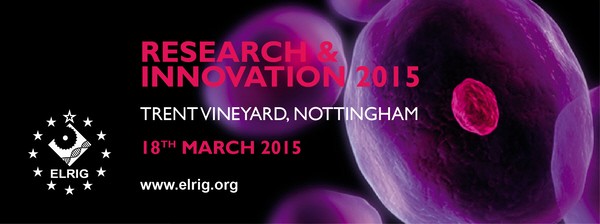Discussion
Histone lysine methylation is a reversible process, dynamically regulated by both lysine methyltransferases and demethylases. In general, methylation of histone H3 lysine 4 (H3K4me), H3K36, or H3K79 is associated with active transcription, whereas methylation of H3K9, H3K27, or H4K20 is associated with gene silencing.
EZH2 is a highly conserved histone methyltransferase that specifically targets H3K27 and functions as a transcriptional repressor (Huang et al., 2011). Tissue microarray analysis of breast cancers identified consistent overexpression of EZH2, which was strongly associated with tumor aggressiveness. The compound DZNep has been shown to inhibit EZH2, decrease methylation of H3K27 and selectively induce apoptosis of cancer cell lines, including MCF-7 (Tan et al., 2007).
Histone lysine-specific demethylase 1 (LSD1) is the first identified histone lysine demethylase capable of specifically demethylating monoethylated and dimethylated lysine 4 of histone H3 (H3K4me1 and H3K4me2) (Huang et al., 2011). LSD1 is highly expressed in ER-negative breast tumors, and hence LSD1 was suggested to serve as a predictive marker for aggressive breast tumor biology and a novel attractive therapeutic target for treatment of ER-negative breast cancers. LSD Inhibitor II has been shown to inhibit LSD1 and promote dimethylation of H3K4 and thus relieve gene silencing, as well as promoting toxicity of cancer cells. (Konovalov et al., 2013).
Enhanced activity of histone-modifying enzymes such as LSD1 and EZH2 leads to epigenetic silencing of critical genes, such as tumor suppressor genes, that have been shown to play an important role in breast tumor tumorigenesis. A series of novel compounds which function as powerful inhibitors of histone methylation or demethylation are capable of inducing re-expression of aberrantly silenced genes important in breast tumorigenesis.
Here we demonstrate the ability to monitor the effect of histone methylase and demethylase inhibitors that selectively induce apoptosis in cancer cell lines. MCF-7 breast cancer cells stably expressing GFP, and human neonatal dermal fibroblasts stably expressing RFP, were incorporated to create a more in vivo-like cell model. Induction of apoptosis was monitored using fluorescent probes, while the photoproteins allowed differentiation of the final cytotoxic effect on the two cell types in the co-culture. Mechanism of action studies of the inhibitors were then performed using antibodies to the specific histone H3 lysine residues and their methylated state. All assessments were made via digital microscopy using a novel cell imaging multi-mode reader.

